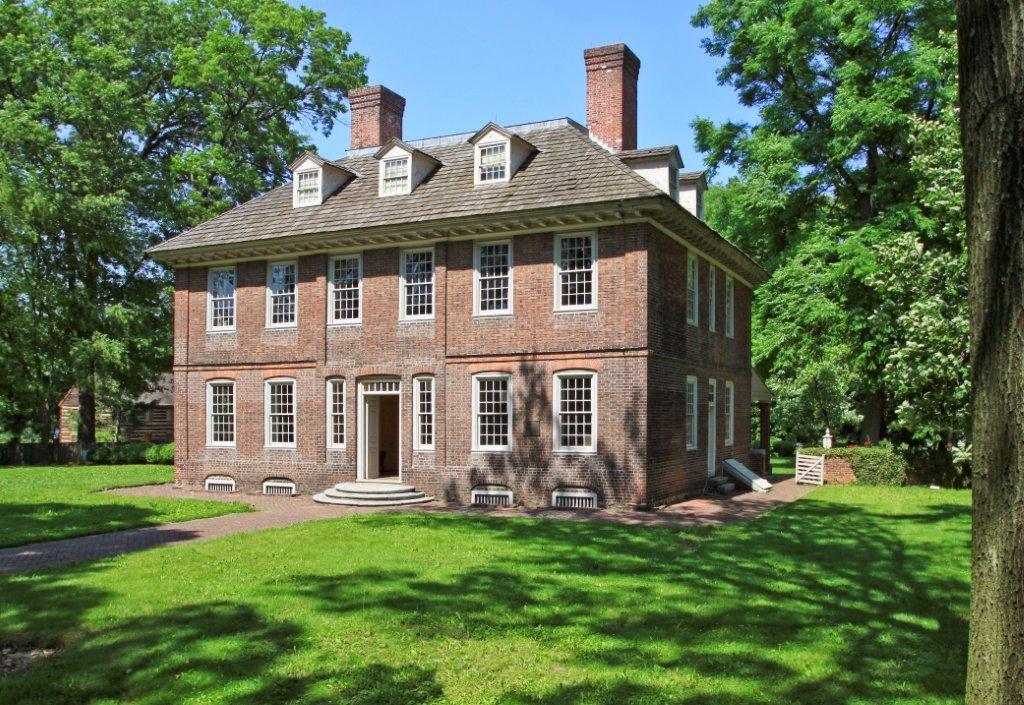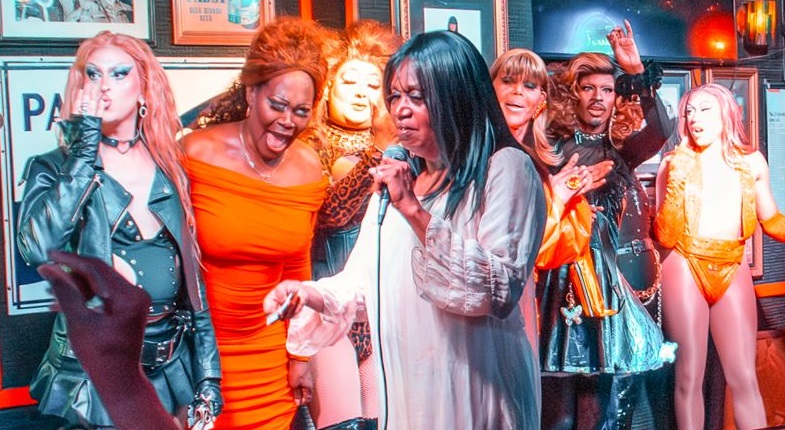Black history resonates at Stenton museum
By Constance Garcia-Barrio
The wits of a Black freewoman, the Stenton mansion’s faithful caretaker, helped save one of Philadelphia’s oldest and best-preserved historic houses from destruction.
Built in 1730 near Germantown, Stenton was the family home of James Logan, a wealthy Irish immigrant who served as William Penn’s secretary after coming to Philadelphia. Though a Quaker, Logan had no qualms about enslaving Africans.
Stenton was built and operated using the labor of indentured servants and enslaved Blacks, said Stenton’s Executive Director Dennis Pickeral. These workers dug Stenton’s cellar, plowed, planted, harvested, cooked, cleaned, tended livestock and more. Here is the little-known story of Stenton’s most remarkable resident.
Stenton’s hero(ine)
Dinah, a Black freedwoman whose surname remains unknown, arrived at the mansion as a slave, given to Logan’s son, William, upon his marriage.
While male servants farmed, Dinah and other women cared for Stenton’s lavish furnishings. “Logan commissioned furniture from some of the most skilled craftsmen in the colonies,” said curator Laura Keim, “He imported furniture from England. Stenton’s Yellow Lodging Room, featured in Antiques and Fine Arts magazine, has maple furniture and beautiful golden wool damask textiles, a costly colonial commodity.” On a tour of Stenton, visitors see 1700s chairs and china that Dinah herself dusted or washed.
According to family records, the Logans valued the way Dinah cared for their home and children.
Freed by her request in 1776, Dinah began to be paid for her work. She may have chosen to remain at Stenton after becoming a freewoman, because her grandson, Cyrus, also lived there.
Tradition has it that Dinah saved Stenton from destruction during the Revolutionary War. After the British trounced American forces at the Battle of Germantown on Oct. 4, 1777, a pair of British soldiers knocked on Stenton’s door, intending to burn down the mansion. When they asked Dinah, who was home alone, for fuel for the fire, she sent them to the barn to get straw. While the soldiers gathered it, British officers rode up and asked if she’d seen deserters.
“Yes, there’s two in the barn,” she reportedly said. The officers arrested the soldiers, and Stenton was saved.
A 1912 bronze plaque honors Dinah as a faithful caretaker. While Stenton remains a local, living monument of the Black experience during slavery, staff felt more should be done to elevate Dinah’s bravery and her place in history. “After two years of meetings with the community, Stenton will install a new memorial to Dinah,” Pickeral said. “(It will be) a place for reflecting on and reckoning with the hard, violent reality of slavery and its continued legacy in American society.”
Stenton: A house of learning, past and present, is open at 4601 N. 18th St. Tuesdays through Saturdays from 1-4 p.m. The National Society of The Colonial Dames of America in Pennsylvania has preserved and maintained Stenton as an historic object lesson since 1899. Through tours, educational programs and special events, Stenton continues to transport visitors to the 18th Century. For information, call 215-329-7312 or visit stenton.org.
Native Philadelphian Constance Garcia-Barrio writes about many topics, including Black history.




